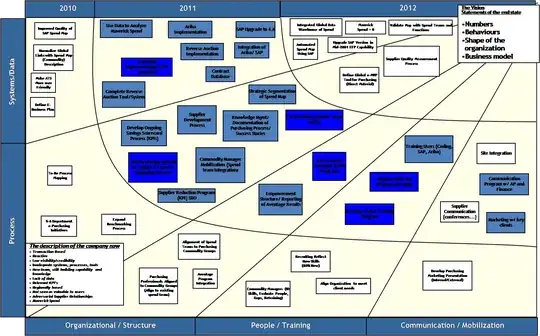This week at work I got agiled yet again. Having gone through the standard agile, TDD, shared ownership, ad hoc development methodology of never planning anything beyond a few user stories on a piece of card, verbally chewing the cud over the technicallities of a 3rd party integration ad nauseam without ever doing any real thinking or due dilligence and architecturally coupling all production code to the first test that comes into anyone's head for the past few months we reach the end of a release cycle and lo and behold the main externally visible feature that we have been developing is too slow to use, buggy, becoming labyrinthinly complex and completely inflexible.
During this process "spikes" were done but never documented and not a single architectural design was ever produced (there was no FS, so what the hell eh, if you don't know what you are developing, how can you plan or research it?) - the project passed from pair to pair, each of whom only ever focused on a single user story at a time and well the result was inevitable.
To resolve this I went off the radar, went (the dreaded) waterfall, planned, coded and basically didn't swap off the pair and tried as much as I could to work alone - focusing on solid architecture and specifications rather than unit tests which will come later once everything is pinned down. The code is now much better and is actually totally usable, flexible and fast. Certain people seem to have really resented me doing this and have gone out of their way to sabotage my efforts (possibly unconsciously) because it goes against the holy process of agile.
So how do you, as a developer, explain to the team that it is not "un-agile" to plan their work, and how do you fit planning into the agile process? (I'm not talking about the IPM; I'm talking about sitting down with a problem and sketching out an end-to-end design that says how a problem should be solved in sufficient detail that anyone who works on the problem knows what architecture and patterns they should be using and where the new code should integrate into existing code)
